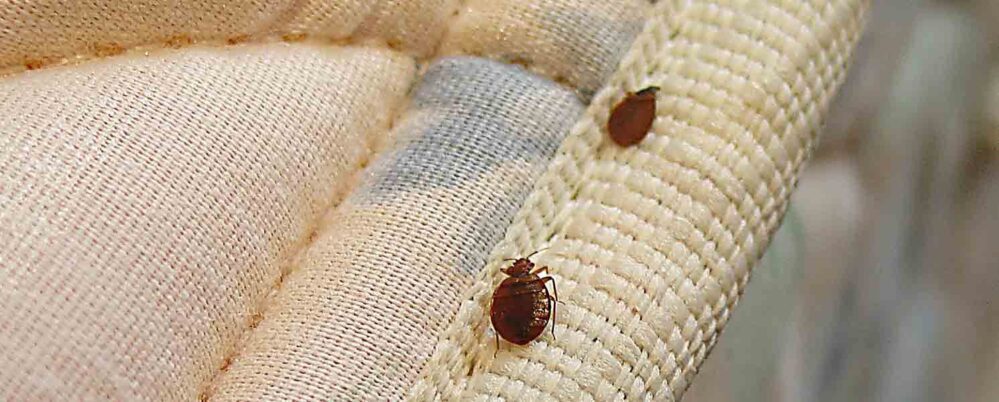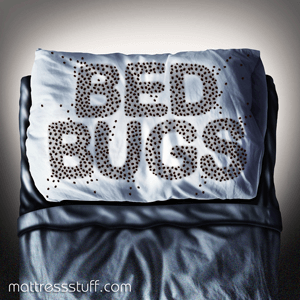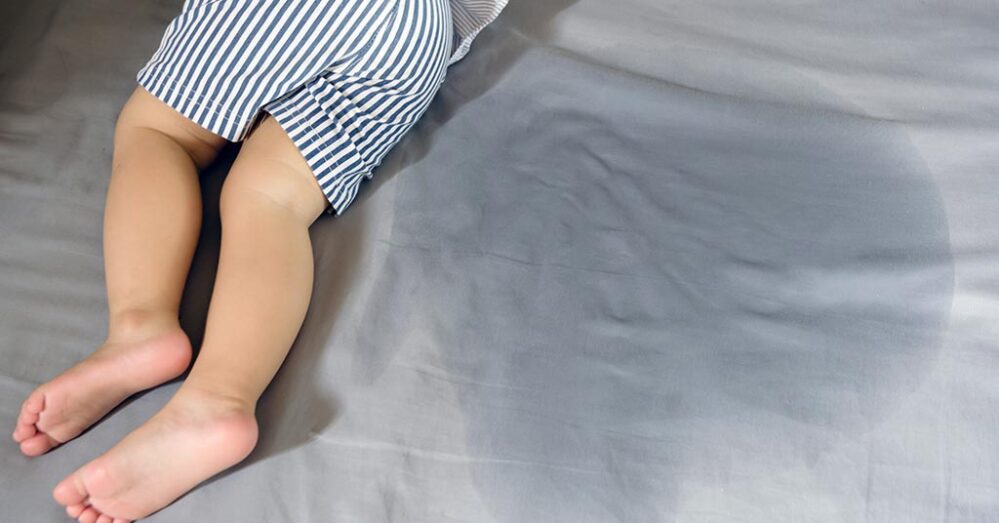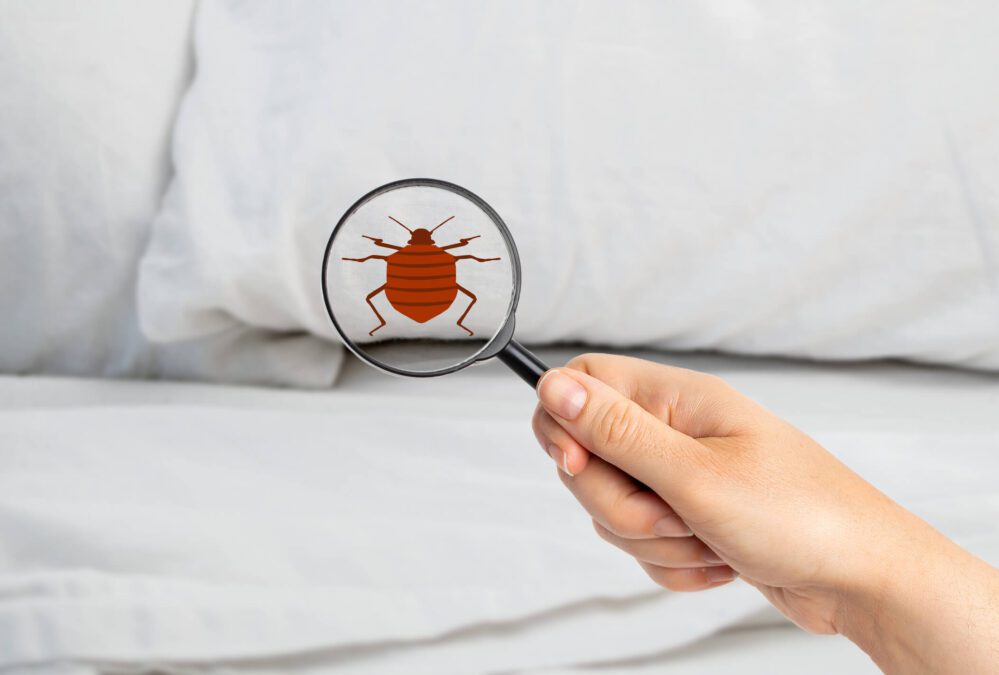
With the bedbug epidemic rising out of control, it’s important to consider what role pets play in attracting and distributing bedbugs. Can bedbugs bite your dog or cat?
Can pets transport bedbugs from the yard? Are homes with pets more prone to bedbug infestations and more resistant to treatment?
The good news is that bedbugs aren’t interested in pet food or pet waste. They only want blood, and they strongly prefer to bite humans because it’s difficult for them to extract fluid through fur.
The bad news is that ANY warm blooded animal living in your home can act as a magnet to lure bedbugs out of hiding and disperse them to areas they normally wouldn’t go.
The steps you take to protect your bedroom against infestation will almost certainly drive bedbugs to other areas of your home in search of food. Factors such as body heat and pheromones will guide bedbugs to areas where pets congregate and relax.
That’s bad news for you and good news for your local pest control operator. The difference between treating one room and treating multiple rooms can equal thousands of dollars. In the end, it doesn’t really matter if a bedbug has trouble biting your dog or cat. The worst part is that it left your bedroom to find another host and could possibly lay eggs elsewhere.
Make no mistake. Bedbugs can and will feed upon animals if human counterparts are unreachable due to factors such as pesticides and bed protection measures. Pets who display scabs or bald spots from flea and mite irritations are all the more susceptible to bedbug bites.
The most vulnerable place on a dog’s body is the belly because it’s not as furry as other body parts, and it often comes in contact with the ground.
A bedbug can hitch a ride from the yard to your home using your dog’s exposed skin as a vehicle, but this is a very small concern because bedbugs only stay on their hosts long enough to feed. It’s far more likely for pets to transport bedbugs within the home.
Most pesticides designed to kill and repel bedbugs aren’t safe for use on or near animals. The grand exception is cedar oil. When applied to human or pet quarters, it kills bedbugs on contact and creates a lasting barrier that repels a wide variety of insects, including fleas, ticks, lice and mites.
For these reasons, cedar oil is swiftly becoming the pesticide of choice for major hotels. Last year, one of the most prominent pest control companies in the United States ordered 5,000 gallons of the substance.
The following guide was developed to address the special needs of pet owners who wish to stop the cycle of attraction and disbursement. With proper attention to detail, it’s possible to save thousands of dollars in extermination costs.
Don’t stop following the rules just because you no longer see bugs or experience bites. A well fed bedbug can live up to six months, while a dormant bedbug can survive up to 18 months without a blood meal.
A female bedbug can lay 5 eggs per day and 500 in her lifetime. An organized plan of action is critical for pet owners who wish to contain infestations before they magnify exponentially.
Some Dos and Don’ts for Eradicating Bedbugs in Homes with Pets:
- 1.)
- Don’t use pyrethrum or pyrethrin sprays on mattresses, pet beds or couches. According to an EPA survey of poison control centers, they cause more insecticide poisoning incidents than any other pesticides except for organophospates. Read labels carefully before choosing any do-it-yourself product.
- 2.)
- Do limit the areas where pets sleep. The presence of several unconscious bodies lounging around the house is a formula for attraction and disbursement.
- Crate pets at night, or set aside a well-protected area for animals to sleep. Spray pet beds with cedar oil and refresh the treatment every few weeks. Discard old pet beds that have become infested or wash them in the hottest water available.
- 3.)
- Don’t trust in traditional flea treatments to prevent bedbugs from latching onto animals. They aren’t effective against bedbugs, and they can be quite dangerous.
- According to a 2010 statement from the Environmental Protection Agency, products intended to treat cats and dogs for fleas kill hundreds of pets each year.
- In a national ABC news report released in 2008, spot drop flea and tick medicines were found to cause more than 44,000 severe reactions, including seizures and 1,200 deaths.
- 4.)
- Do spray an even mist of cedar oil over the carpet underneath your bed. Refresh the treatment once a month to protect pets that enjoy relaxing under beds and stop the cycle of attraction to your sleeping quarters.
- 5.)
- Do play detective, especially near areas where pets and humans sleep. Lift carpet edges, remove moldings and study the seams where ceilings and walls meet.
- Ask yourself where you’d hide if you were a bedbug with the desire to live near your sleeping host. Would you slip behind a picture frame hanging above your host’s bed?
- Would you crawl inside a pet toy, scratching post or pet bed? Spray any object that seems overly suspicious, even if you don’t find bugs.
- 6.)
- Do spray BOTH sides of your mattress with cedar oil. Don’t forget to remove the fine mesh cobweb netting that covers the underside of most box spring units. Spray this area liberally to kill bugs hiding within the bed cavity.
- 7.)
- Do use zippered mattress and box spring covers to prevent future infestation. Choose a durable waterproof mattress encasement with a sturdy zipper.
- Apply duct tape over the tiny gaps where zippers open and close. Remember that bedbug nymphs are barely visible to the naked eye. They can easily penetrate zipper clasps.
- 8.)
- Do protect bed legs, bed frames and headboards. Since bedbugs can’t jump or fly, they are most likely to reach you by crawling up furniture. Spray bed legs with cedar oil or cover them with double sided tape.
- Refresh the tape when it appears dusty or no longer feels sticky. Consider exchanging your wooden headboard for a sleek metal design without cracks and crevices.
- 9.)
- Don’t allow pets into your newly protected bed. If your emotional attachment is too strong to consider sleeping alone, apply cedar oil to your pets before allowing them to sleep with you.
- 10.)
- Don’t begin sleeping in other areas of the house! Bedbugs will simply leave your bedroom in search of a warm body. The infestation will quickly spread to other rooms.
- 11.)
- Don’t forget to spray baseboards and curtain hems that touch the floor. This will prevent bedbugs from crawling up the wall and across the ceiling where they can parachute onto the mattress.
- 12.)
- Do vacuum thoroughly and discard the vacuum bag to prevent bedbugs from escaping.
- 13.)
- Do wash linens and bedclothes in the hottest water available. Store clean blankets and pajamas in giant Ziplock bags. Change into fresh clothing every time you get into bed. A bedbug can easily hitch a ride from your couch to your bed using your favorite robe as a vehicle.
- 14.)
- Do spray couches and easy chairs, paying special attention to crevices and cushion wells. If you’re certain that the living room is infested, remove the fine mesh cobweb netting on the underside of your couch to gain access to the spring area. Spray this area liberally to kill bedbugs hiding within the sofa cavity.
- 15.)
- Do purchase smaller blankets that won’t hang over the sides of your bed. Bedbugs are known to latch onto blanket corners that touch the floor.
- 16.)
- Do move your bed six inches away from the wall or nightstand. Any part of your bed that touches a piece of furniture becomes an open pathway for crawling bugs.
- 17.)
- Do spray inside drawers, especially those nearest your bed. Pay special attention to cracks, seams and beveled edges.







